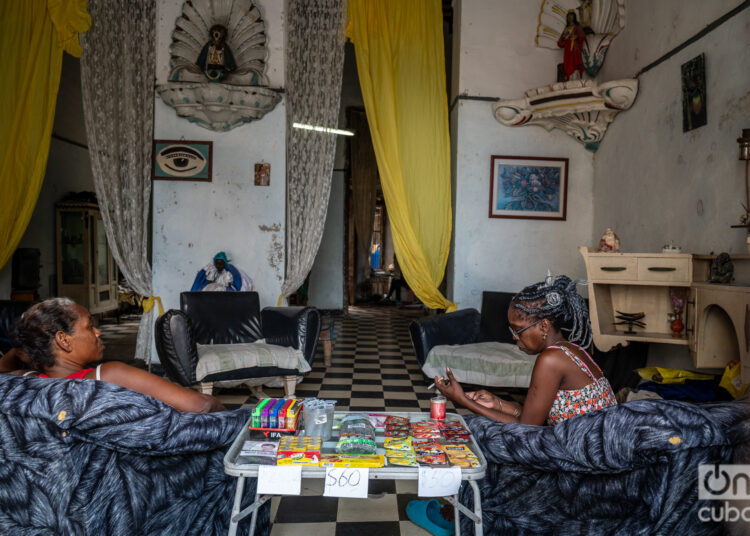“Crisis” must be one of the most frequently said and heard words in Cuba from 2020 until today. Its use does not discriminate fields of action. We find it in the media, academic narrative, political speeches, social networks and interpersonal dialogues.
This “mark of the times” bequeathed by the COVID-19 pandemic to the world, for us, Cubans, accentuated the ups and downs that we have struggled with since the 1990s, without overcoming it, and consolidated a constant decline from which we have not emerged.
In the never-ending and perennial queues and waits to receive a service, this voice often comes up in occasional conversations, to give a closing that says everything, encompasses everything and explains everything, about the situation we are experiencing.
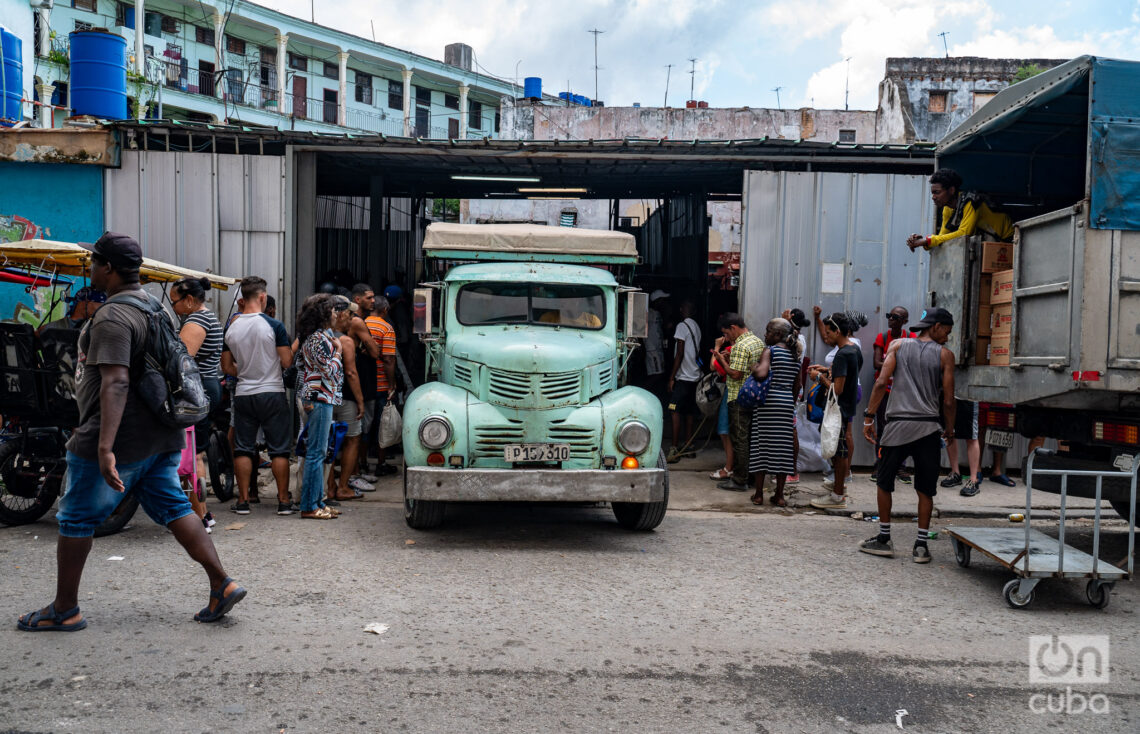
Two phrases, one affirmative and lapidary, the other interrogative and with an open ending, usually accompany the word: “that’s what there is” or “and so?” and seem to indicate that the crisis has settled in the social imaginary as consubstantial to our reality, the prevailing way of reproducing life, without too many options to act and marked by uncertainty.
But, what is a crisis? Technically it is a state of destabilization in the consolidated functioning of an order/system, which stops achieving its purposes, fails to solve its problems with the usual mechanisms, nor manages to create new ways to solve them.
Probably because it is the most visible and tangible part of these circumstances, it is common for the narrative of the crisis to focus on the economic aspects, which emphasize the impossibility of an economic model to reproduce itself and sustain the standards of productivity and production necessary to satisfy the basic demands of consumption and well-being, whether in the form of products or services.
That is why there are abundant references to the drop in the GDP, uncontrolled inflation, rising prices, insufficient salaries, under-supplied markets, lack of food and medicine, fuel, public transportation, energy production, as the main beads in the rosary of our hardships.
These references are an objective and pertinent way of telling this story, but they are missing some essential pieces to have the complete picture. These are: daily life and inequalities. And they are important not only for the story to be better described, but rather for making political decisions.
When catastrophes come together, our usual way of living suddenly stops working, the ways in which we ensured, with ease or minimally, our needs and those of our family and everything we had arranged to live a moderately normal existence, in abundance or scarcity, with our resources or counting on public benefits and support.
When I say this, I am not discovering the bicycle; a simple observation of our surroundings allows us to verify the harshness of the crisis on a daily basis, on our daily life, which is the true stage in which our lives take place. I even believe that the data that speak of the precariousness of daily life should be better considered by the media and by the solutions that policies try to offer.
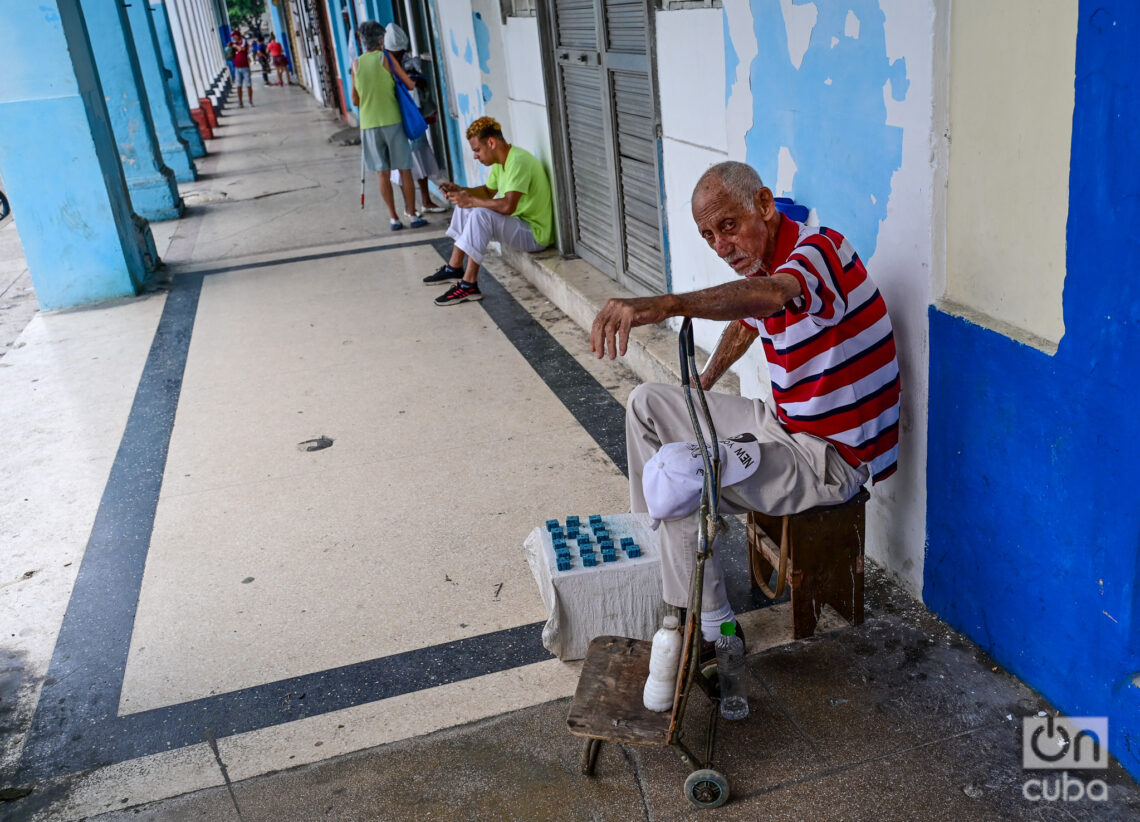
Given the impossibility of doing a major study, due to lack of resources and permits, to try to approach this type of evidence and draw attention to it, I use the tools of “street sociology” which, told in its simplest terms, consists of preparing a guide of subjects to observe and question about the state of people’s lives and their perceptions; choosing places in the city that contrast in their level of well-being; listening in public spaces; interviewing, using open questions, as in a normal conversation, to people I meet; paying attention to behaviors; and noting the characteristics of the subjects heard/observed, the tone in which they speak, their behaviors, and the context in which the observation takes place. It is all very simple; it is not established science, but merely a barometer that offers data on heat and color in different areas of the social organism that we are.
What do the results say? Some brushstrokes
Their first message is that the crisis does not affect daily life equally for all social groups. Income, housing conditions and the territory in which one lives form a very strong triad, associated with substantive differences.
“If you have money, you buy solutions,” says a young white man, in a complaining tone, waiting for a health service. People from the most diverse groups agree that money buys what is not available on the black market, or imports it; medicines, food, household appliances.
Buying a power generator has become the iconic object of access to well-being, in the face of so many power failures and blackouts; a true object of desire that only people with high incomes or with relatives who send relatively high remittances, or make purchases from abroad and send them to Cuba, can afford.
A luxury car, on the other hand, is not such a valued good, because it is not necessary, it is rather a message of power. Small electric cars and scooters represent progress and an achievement for middle- and lower-middle-income sectors and mostly young people. Another object desired and “fought for” by them.
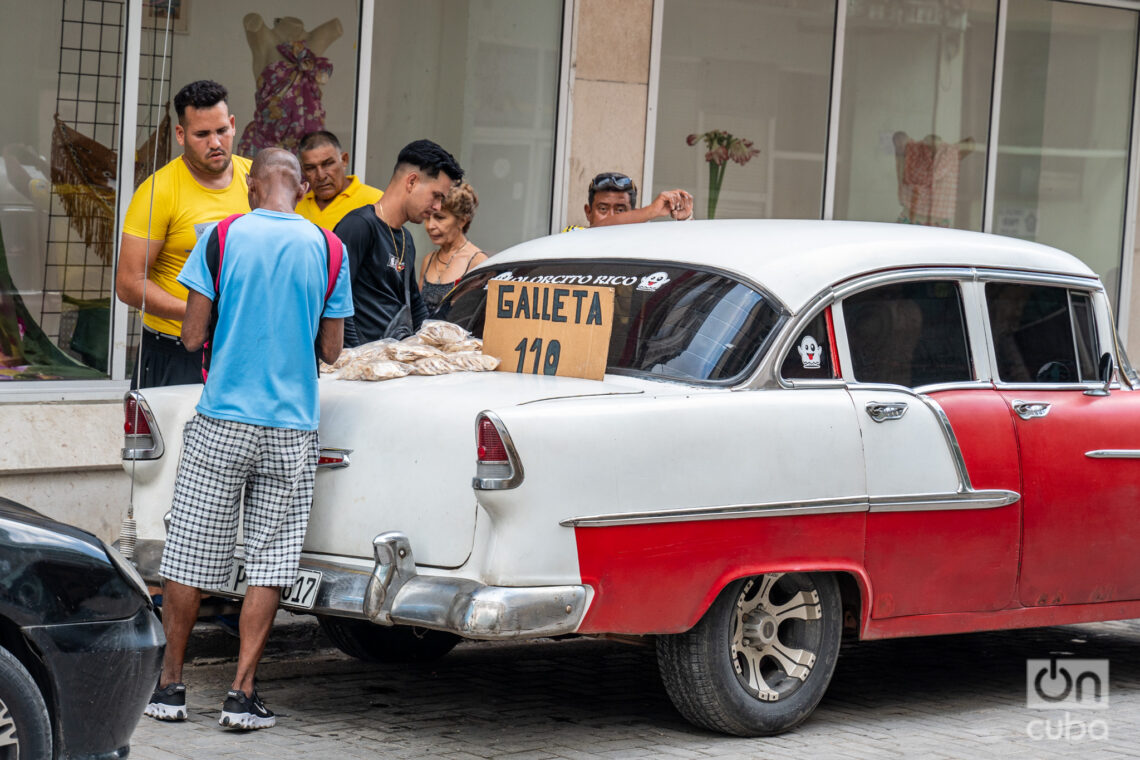
A house in good condition and in a central location allows you to do business, have a comfortable life, have a better time and, if necessary, you can sell it. Although there is garbage everywhere in the city (Havana), a good neighborhood has a better appearance and is cleaner. The “centrally located” space is also a better condition for access to services. The peripheries and rural areas are becoming deprived of services and condemned to isolation due to the lack of public transportation.
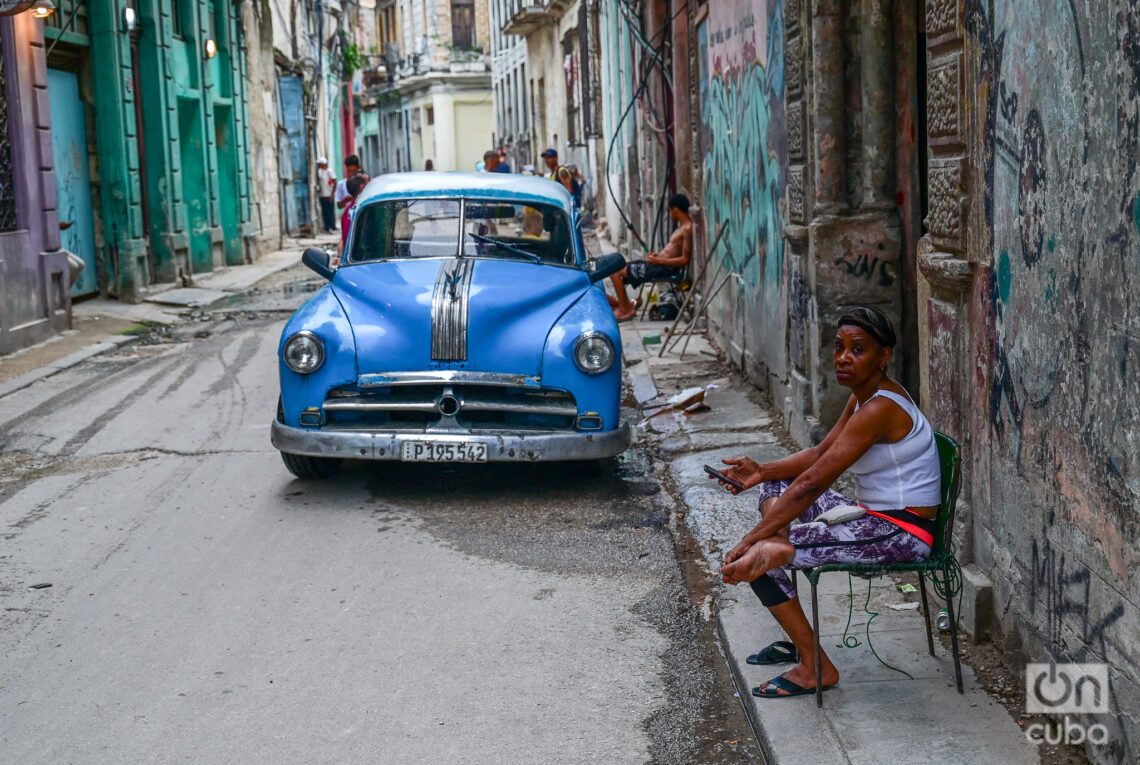
High prices, the general shortage and deterioration of essentials (food, health services and medicines) are the great concerns for everyone, without distinction of groups, who even see the lives of the elderly and vulnerable families, who depend on them, weakened by this cause.
These are common features of street discourse, without distinction of social stratum; a negative and pessimistic perception of the country’s and the personal situation, associated with the feeling of loss of control over life, of great obstacles to do something that will improve it in the short, medium and even long term.
Other common features are the migration strategy as a real and practicable option, or as a phantom; the use of social networks to communicate with relatives and friends who are not nearby, to find out about events that the formal media ignores and, especially among young people, to keep abreast of “options” here or there. The cell phone and “data” have come to be considered a necessity, except for groups of the elderly who are not trained to use them.
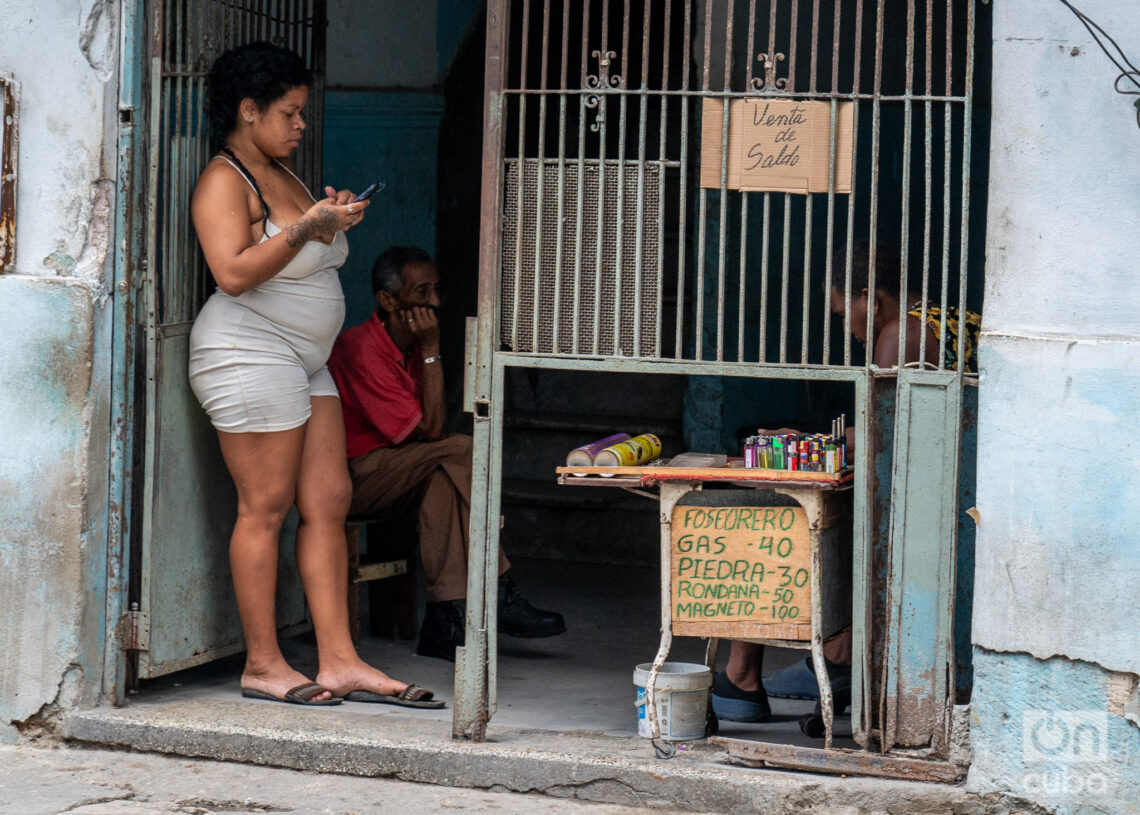
What do people do with their lives? What strategies do they follow?
If we concentrate on the extreme groups to observe the greatest contrasts, we will see that those who have sufficient economic means, whether through their own work ― private or public ― or through remittances, tell how they have had to modify their spending structure to concentrate increasingly larger amounts on food and medicine. Some people travel to acquire them and even seek medical services abroad.
They reduce, although they try not to eliminate completely, their leisure activities (hotel holidays and recreational trips). They generate new economic activities and try to affect the level of well-being achieved as little as possible. Some people say that they have sold valuable goods of which they owned more than one (household appliances, cell phones, tablets, computers) to obtain additional income.
The reference to emigration as a plan in progress, a desire or a possibility if life continues to push forward, is widespread and emerges without hesitation.
In the other corner, low-income, poor people “save,” do multiple jobs and hope for a miracle. For them, the first level of saving is to stop buying on the market everything that can be considered superfluous or not essential for survival (even if it really is): new clothes, shoes, household goods, and/or lowering the quality of what is used (second or third hand clothes and shoes, gifts, donations, bought at a very low price or repaired again and again).
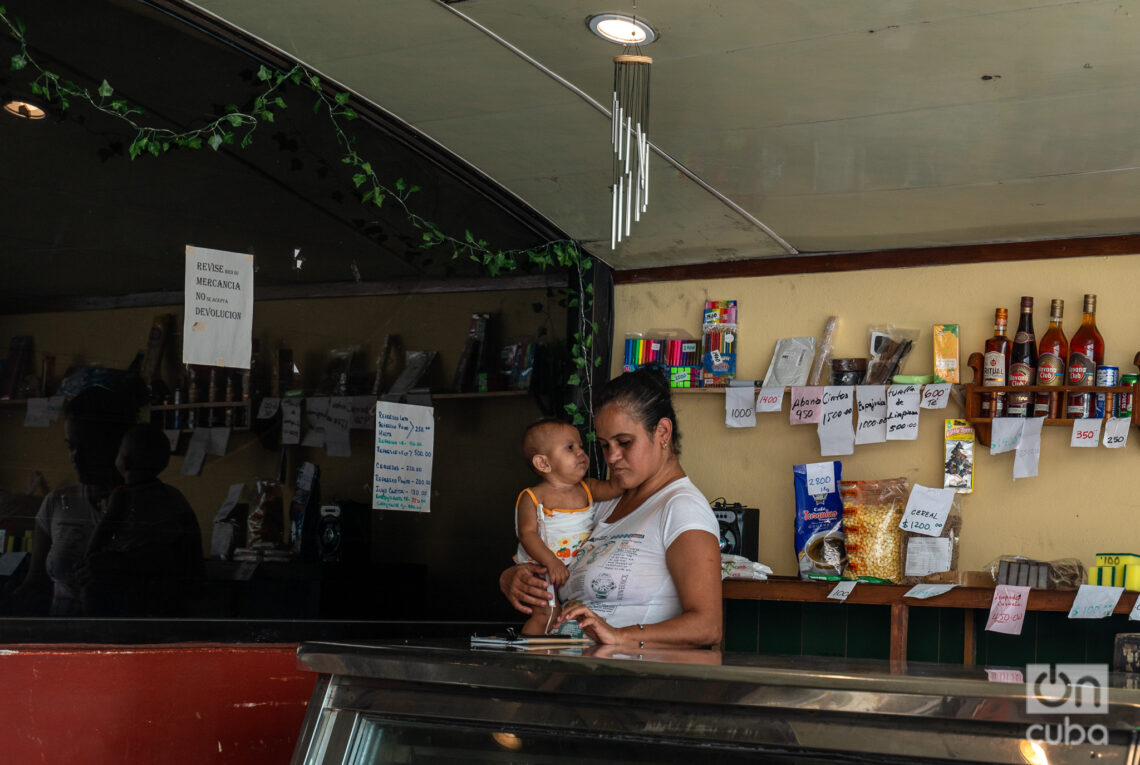
A second and dramatic level of saving is to reduce the amount and frequency of food consumed during the day. When there are children, adults eat less to benefit the little ones in the home. They also stop taking medications for chronic illnesses. When these are not available in state pharmacies, their high price on the informal market makes it impossible for them to acquire them. They try to solve this problem with traditional decoctions and herbal teas.
In this group, those who are able and have the opportunity, get involved in multiple jobs, most of the time informal, or perform small services in the community environment (child and elderly care, for example) for which they receive some money or products.
They also activate networks of family and neighborhood support for collective solutions of food and care of children, elderly and disabled people. Some get involved in community projects, which did not attract them before, as a way of improving the environment and having a more harmonious coexistence in the neighborhood.
In some cases — an noticeable and widespread phenomenon — there are children who do some work to help the family, such as supporting the sale of cart drivers, transporting products, accompanying people with mobility limitations. Elderly people and people with disabilities resort in many cases to begging.
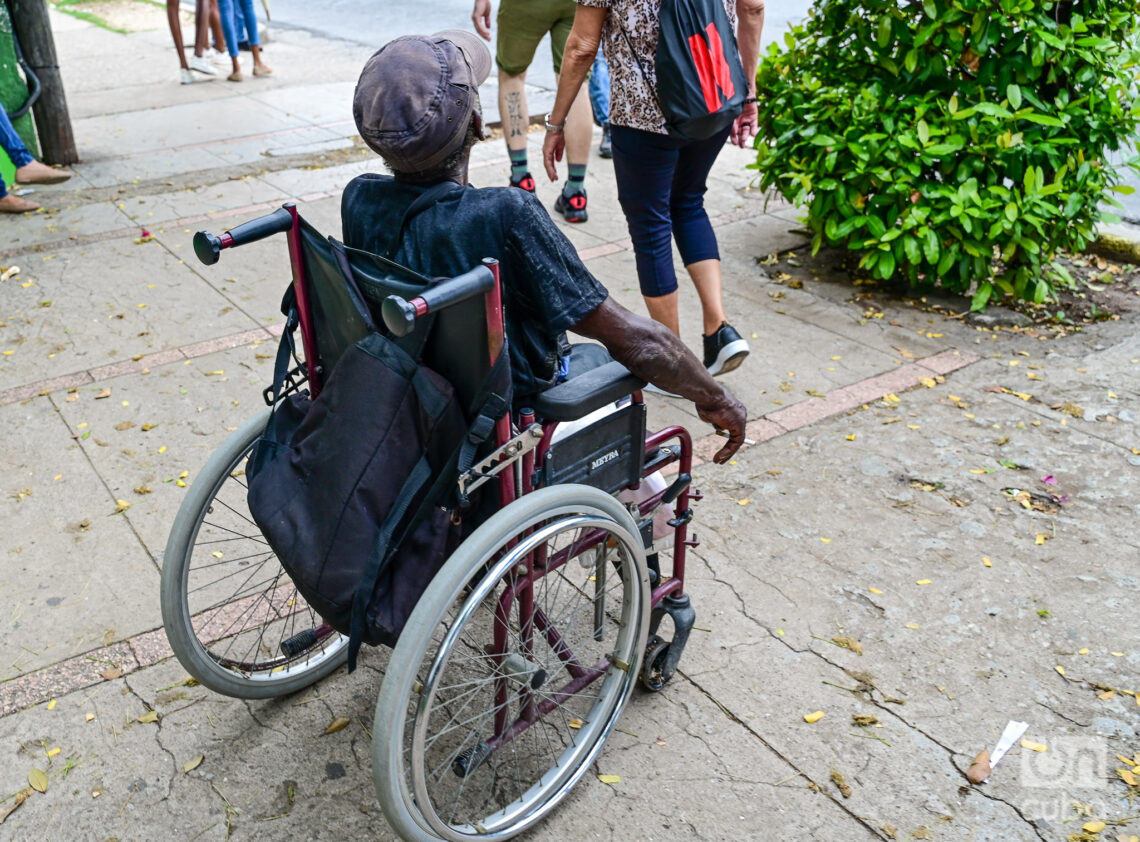
In this group there are also those who want to leave, but few can put the migration strategy into practice or they do so in the most risky and unsafe ways. The aftermath of loneliness and lack of protection for the elderly in the family that arises from this strategy is more severe in this group.
What good do these street notes do for us?
They call us to a realistic view of the growing trend of inequalities in our society. The most worrying thing is that they reveal that precarious situations are concentrated and that fragile and harmful life practices are spreading throughout the social fabric. These mainly affect the extremes of life (children, the elderly) in Cuban society.
I hope that giving a name to these phenomena, knowing them, will compel us to individual and collective solidarity and to policies of greater empathy, responsible for everyday emergencies. We run the risk of improving the country’s economic performance ― and I hope it happens ― without it being able to get those who are in poverty out of the depths of it. It has already happened to us.

